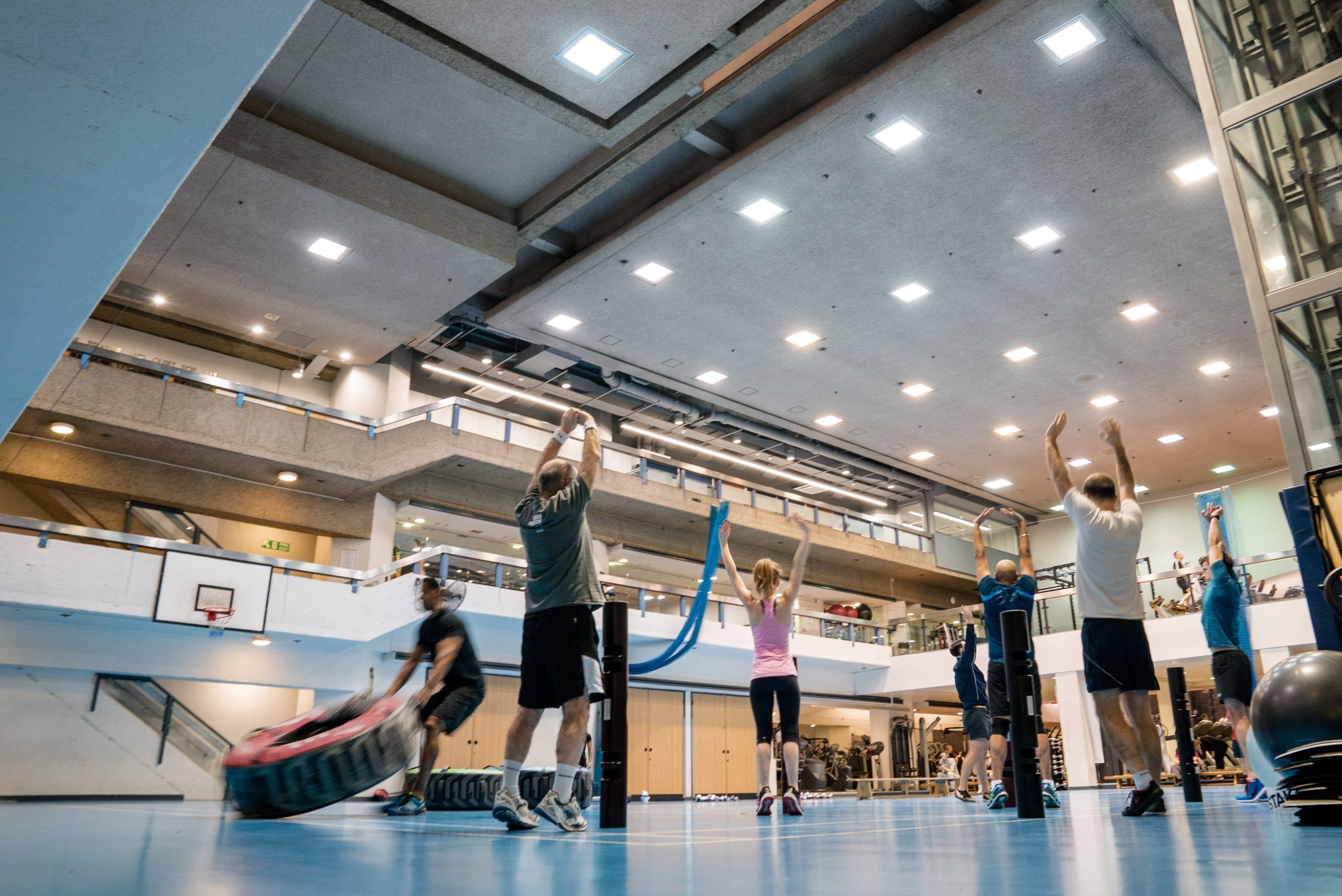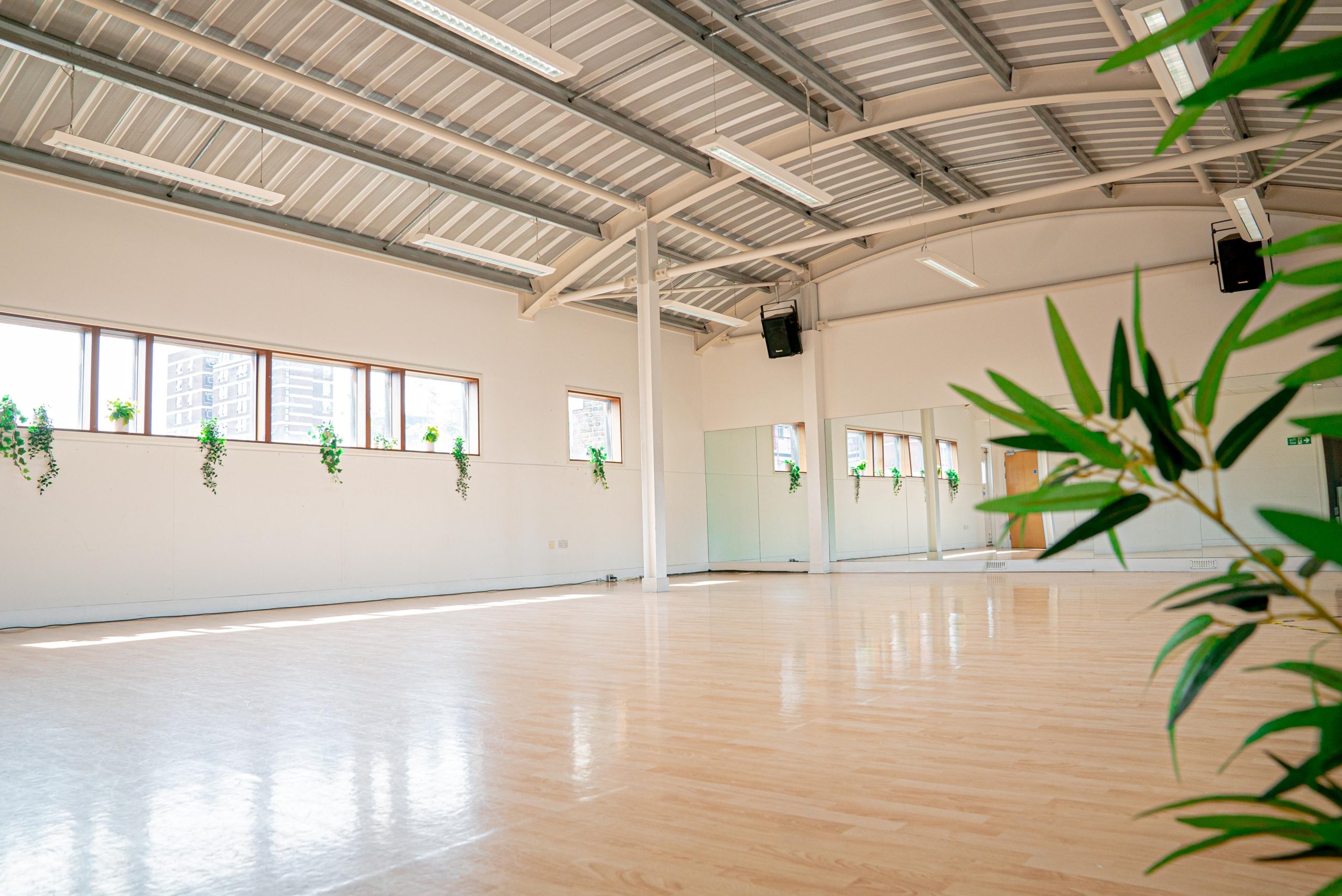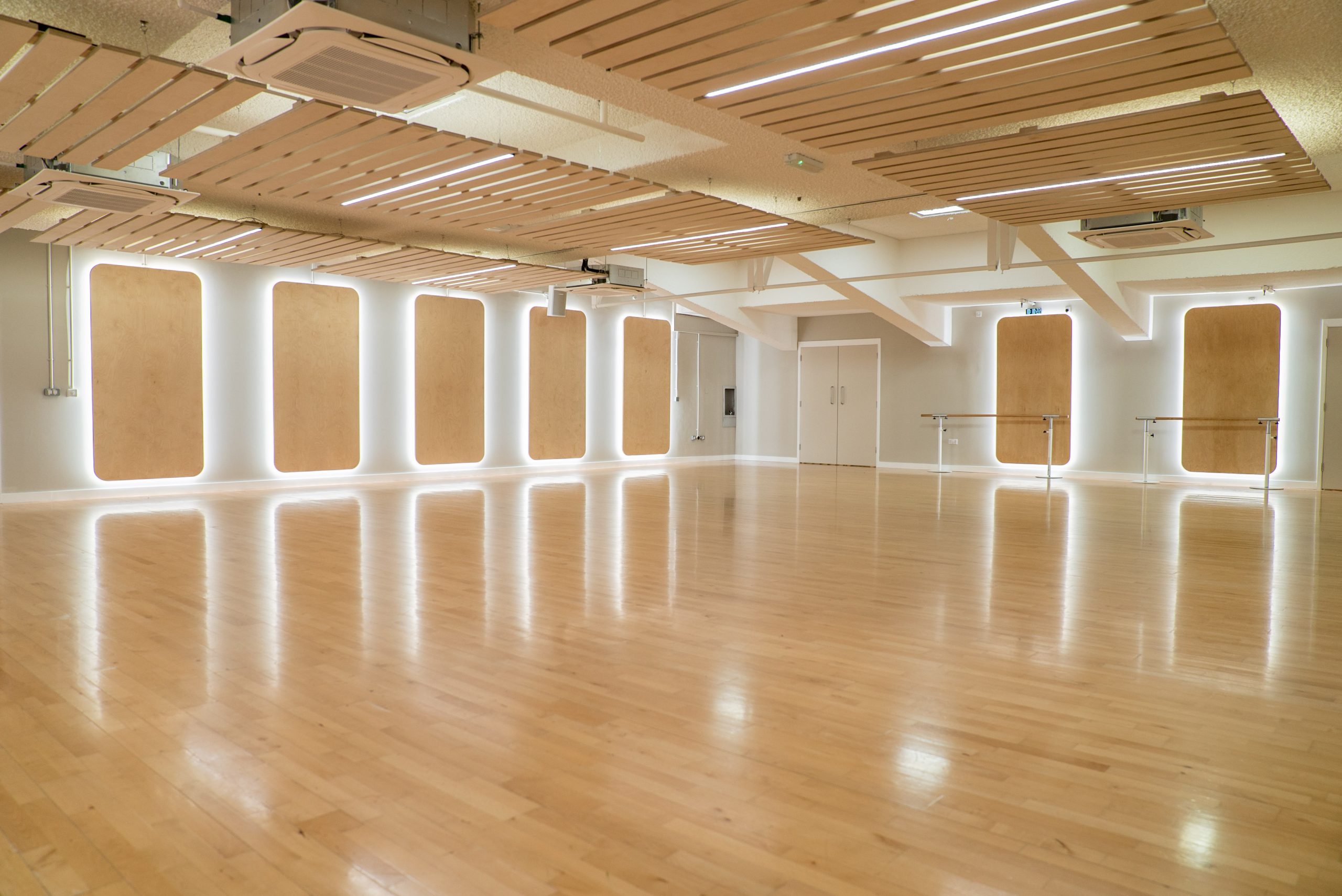No motivation to workout in the gym? Here are 5 tips to get you up and moving
We’ve all been there – planning to hit the gym or go for a run, but when the time comes, that little voice says, “I’ll do it tomorrow… or maybe the day after.”
Finding motivation to exercise can be challenging, especially when you’re tired or juggling a busy schedule. But it’s not just about “powering through” or forcing yourself to do it. Instead, it’s about building habits that help you stay on track even when you have no motivation to workout.
Here are five actionable tips to help you regain your gym motivation and stay committed to your fitness journey:
1. Change your perspective
Many people associate exercise solely with weight loss or improving their physique, but it’s much more than that. Regular physical activity benefits your mental health and overall well-being. It reduces stress, boosts mood, and helps manage anxiety and depression. On World Mental Health Day, it’s important to remember that exercise is an effective tool to support mental wellness. Likewise, staying active can lower the risk of diseases such as diabetes, heart disease, and cancer. By focusing on these broader benefits, you might find it easier to exercise, even when you feel no motivation.
2. Think fun and variety
Exercise should never feel like a chore. To stay motivated, incorporate variety into your fitness routine. Try a new group class, experiment with different workout styles, or get a few friends together for a personal training session. There are so many options available, from yoga to HIIT classes, that there’s something for everyone. Keeping an open mind and exploring new activities will help you stay engaged and excited about your workouts. When you’re having fun, it’s much easier to keep going—even on days when motivation to exercise is low.
3. Set specific goals
Setting clear, realistic goals is essential to staying motivated in the long run. Use the SMART method—Specific, Measurable, Achievable, Realistic, and Timely—to define your fitness objectives. For example, instead of saying, “I want to get in shape,” try setting a concrete goal like, “I will jog for 20 minutes every Monday, Wednesday, and Friday before breakfast.” Having specific goals to work toward makes your progress measurable, which can boost your motivation, especially when you track your success over time. When you see yourself moving closer to your goals, it’s much easier to overcome those “no motivation” days.
4. Schedule your workouts like an appointment
One of the most common excuses for skipping workouts is, “I don’t have time.” But the truth is, we make time for what’s important. If you struggle with fitting exercise into your day, treat it like any other important appointment. Block out time in your schedule for workouts and stick to it. Just like you wouldn’t cancel a meeting with your boss, don’t cancel your workout. Whether you’re busy with work, family, or other commitments, scheduling fitness into your routine will help you show up even when you feel no motivation to workout.
5. Seek support from others
Staying consistent is easier when you surround yourself with positive, motivated people. Whether it’s a workout buddy, a fitness group, or supportive friends and family, having a network can keep you accountable. Their encouragement can boost your gym motivation, especially on days when you’re struggling. By being around others who prioritise health, you’re more likely to adopt their habits and stay committed to your own fitness goals.
Setting good foundations
If you still find yourself lacking motivation to exercise, remember that you’re not alone. Staying committed to your goals is possible with the right mindset and support. On World Mental Health Day, take the time to focus on both your physical and mental well-being – because a strong mind is the foundation for a strong body.
Not yet a member of a gym? We’d love to invite you to Central YMCA Club, the largest health and wellbeing club in central London. With over 50 fun and friendly classes to choose from, as well as an indoor heated swimming pool, sauna and so much more! Discover more here.




